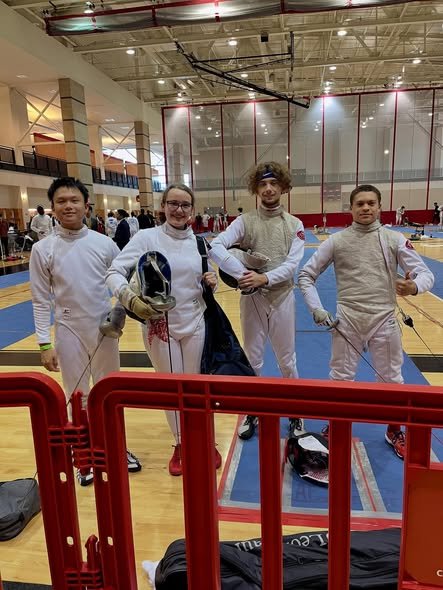- 2 years ago
- 3 min read
Unveiling the Rich Tapestry of Fencing History: From Ancient Origins to Modern Mastery
Step into the captivating world of fencing, where the clash of blades and the grace of footwork weave together a story that spans centuries. In this blog post, we embark on a journey through time, unraveling the captivating history of fencing. From its ancient origins to its evolution into a modern sport, we delve into the cultural, strategic, and artistic aspects that have shaped this remarkable discipline.
The roots of fencing can be traced back to ancient civilizations, where the art of swordsmanship emerged as a fundamental skill for warriors and knights. From the sword duels of the ancient Egyptians and Greeks to the ceremonial combats of the Roman gladiators, the art of swordplay evolved as a crucial aspect of military training and personal defense.
The Renaissance period witnessed a resurgence of interest in swordplay as an art form. Fencing schools known as "Salle d'Armes" began to emerge across Europe, teaching the techniques and etiquette of swordsmanship. Masters such as Achille Marozzo, Joachim Meyer, and Ridolfo Capo Ferro made significant contributions to the development of fencing, documenting their teachings in treatises that continue to influence the sport to this day.
During the 19th century, fencing underwent a transformation, transitioning from a martial art to a regulated sport. Fencing clubs emerged, and standardized rules were established to govern competitions. The introduction of the foil, epee, and sabre as distinct weapons marked a pivotal moment in the sport's history, each bringing its own unique techniques and strategies.
Fencing was included in the inaugural modern Olympic Games in 1896, cementing its status as a prestigious international sport. Throughout the 20th century, fencing continued to evolve, with innovations in protective gear, scoring systems, and training methods. Fencers from around the world showcased their skills on the Olympic stage, captivating audiences with their precision, speed, and artistry.
Fencing is not just a physical contest; it is an art that combines strategy, agility, and grace. It requires impeccable footwork, lightning-fast reflexes, and a keen sense of timing. Fencers engage in a tactical dance, executing precise attacks and parries, while constantly analyzing their opponents' movements. The sport showcases the perfect harmony between athleticism and intellectual prowess.
Fencing has left an indelible mark on various cultures worldwide. From the traditional fencing schools of France to the rich heritage of the Italian fencing masters, each region has contributed to the sport's development. Fencing has transcended borders, becoming a symbol of elegance, honor, and sportsmanship. Today, fencers from diverse backgrounds come together, united by their shared passion for this captivating discipline.
The history of fencing is a tapestry woven with ancient traditions, Renaissance artistry, and modern mastery. From its origins as a martial art to its evolution into a dynamic sport, fencing has captivated generations with its blend of physical prowess, mental agility, and cultural significance. Whether you're a fencer, enthusiast, or simply curious about this elegant discipline, delving into its rich history offers a deeper appreciation for the art and legacy of fencing. Let us honor the masters of the past as we continue to push the boundaries of excellence in the present and future of this extraordinary sport.









